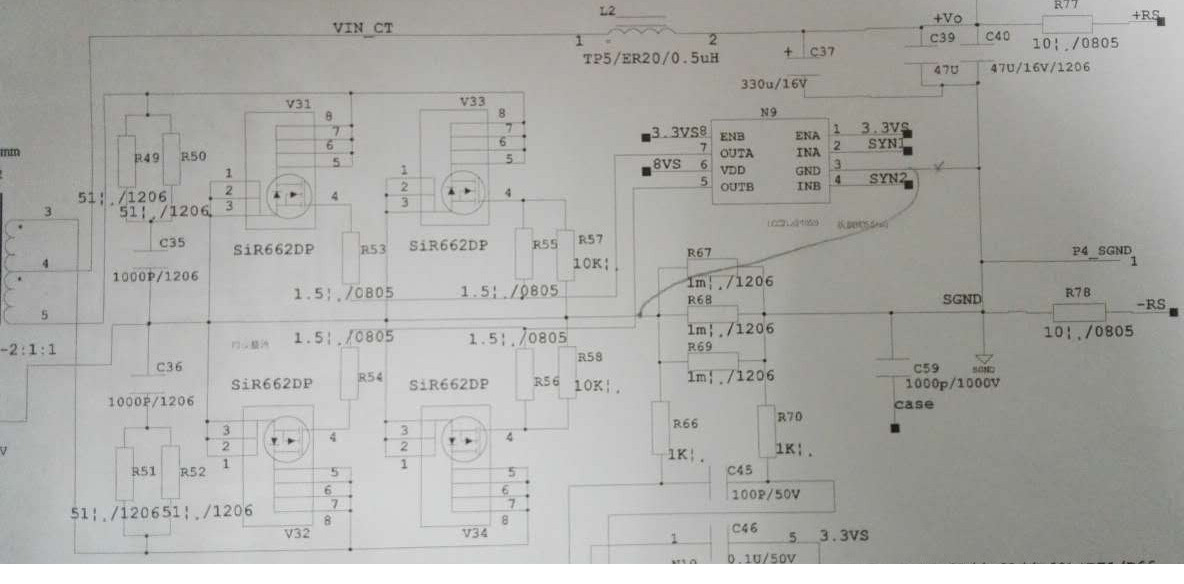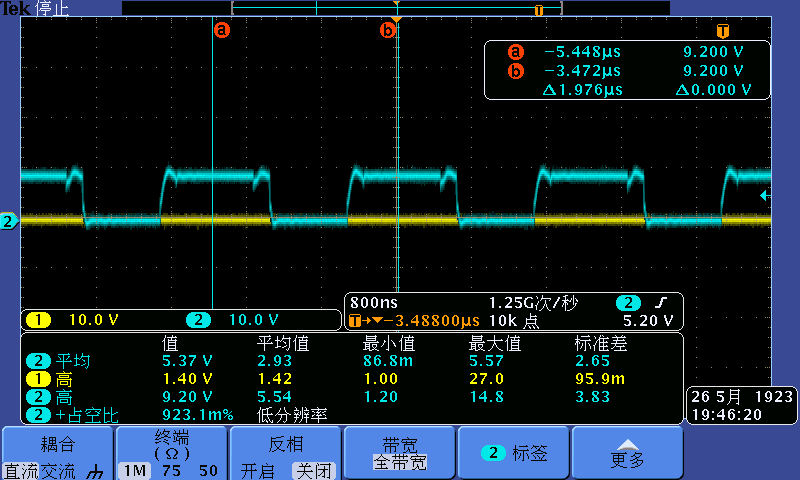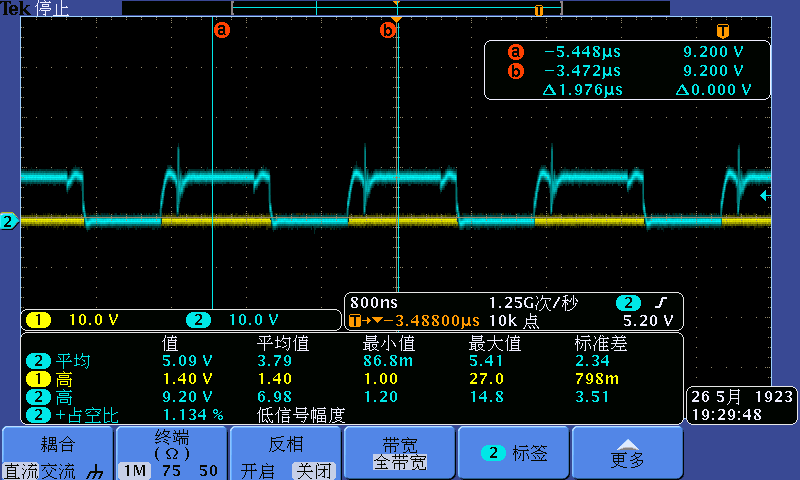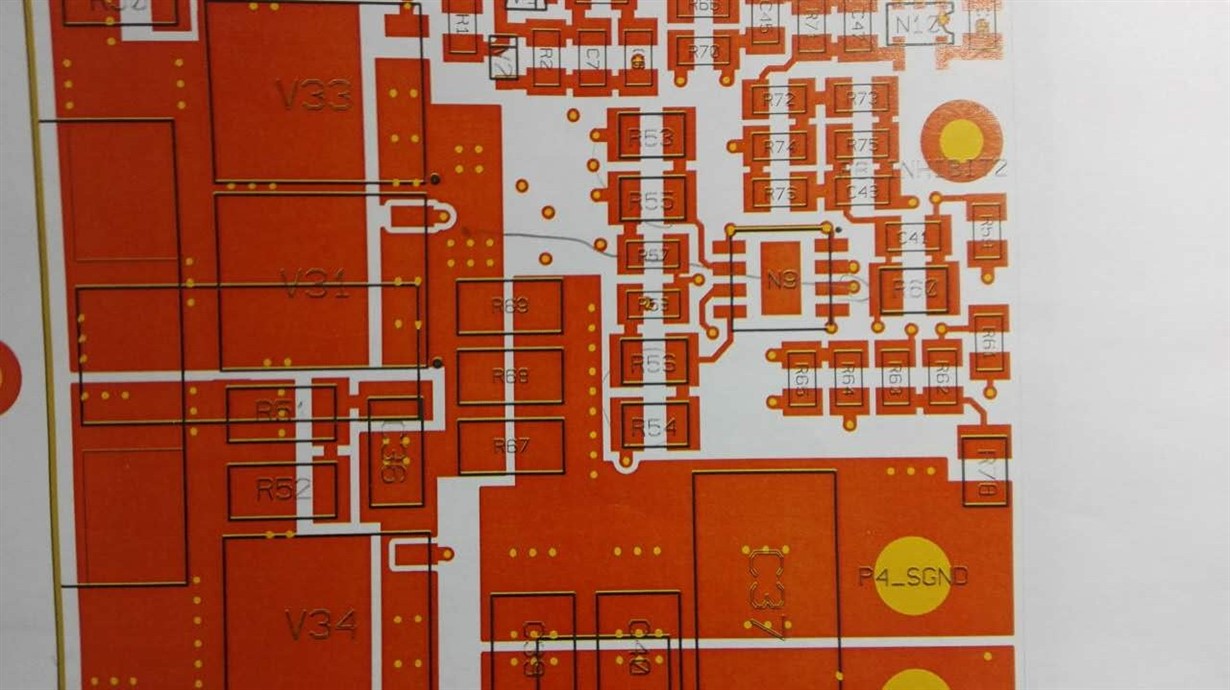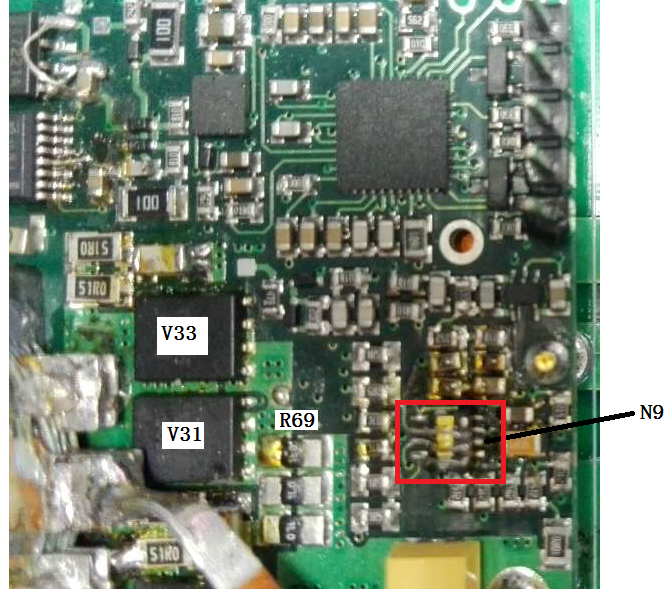Other Parts Discussed in Thread: UCD3138
Hello, I have recently commissioned a full-bridge DC/DC power supply. Secondary with synchronous rectification, the driver is UCC27524, the drive signal input is from the controller UCD3138, the drive signal output PWM control secondary synchronous rectification MOS tube.
Now a phenomenon occurs, the drive is working normally at no-load, PWM input and output, and timing are normal. But plus light load (2A), after working for a while, the driver UCC27524 one output is broken. Change a few UCC27524, are the situation.
More depressing is that I do not know how to troubleshoot this issue, because it is not clear why the drive is broken.


